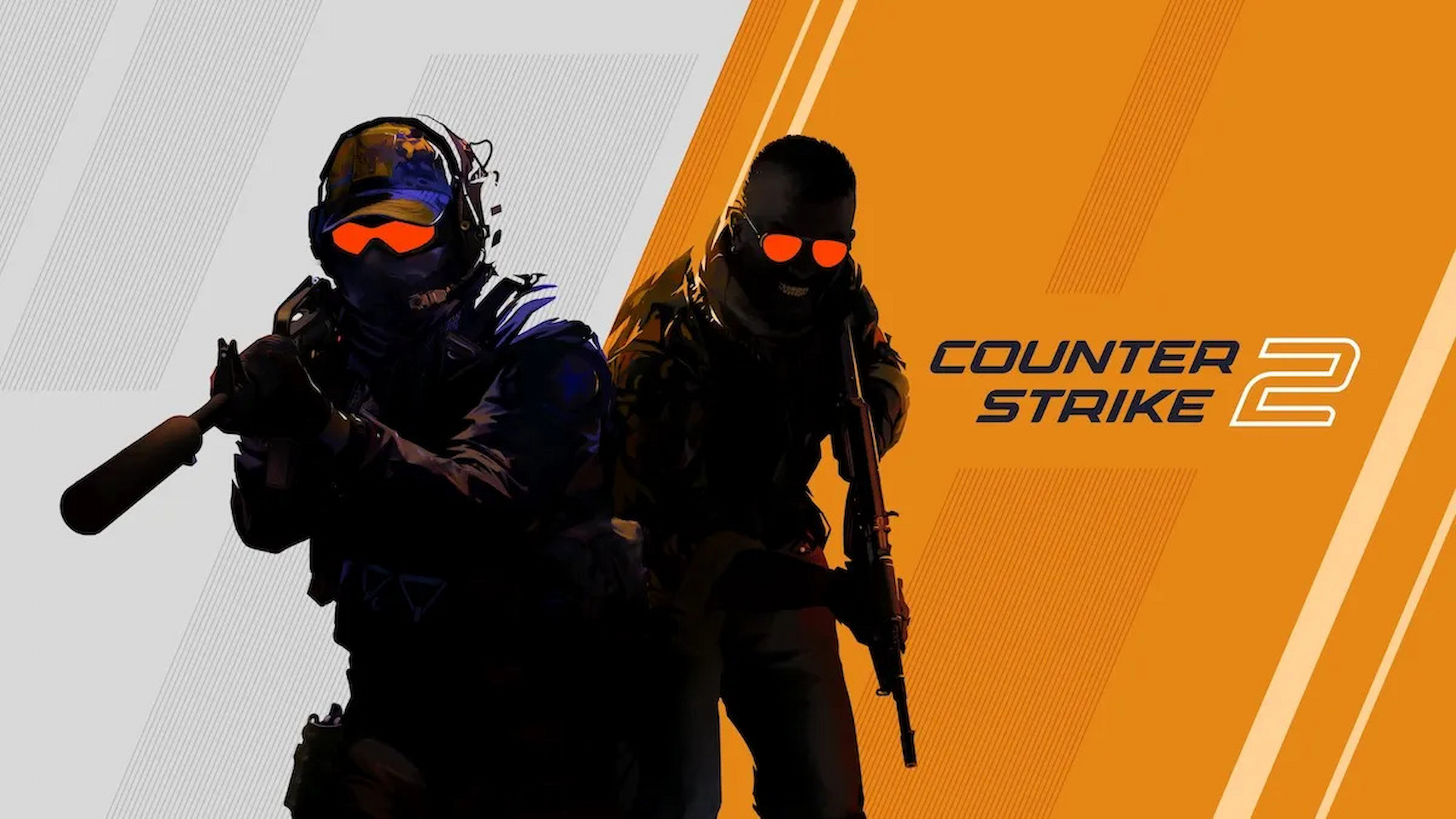Another Unreal Engine 5 game brimming with technical and performance issues.
Wondering how to improve FPS in Dune: Awakening? You’re in the right place! Like most new PC releases, Dune: Awakening suffers from a myriad of technical and performance issues at launch. Like most Unreal Engine 5 games, you can expect lag and stuttering both during cutscenes and high-octane combat sections.
That said, there are ways to improve Dune: Awakening’s performance on PC with some tweaks and adjustments in the graphics section. Hence, in this guide, we explain the best PC settings for Dune: Awakening.
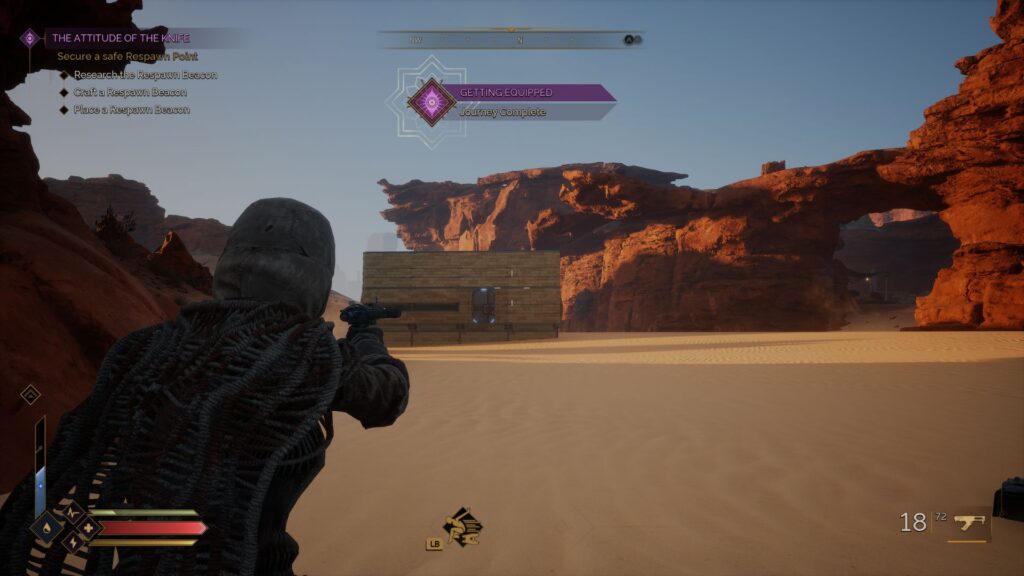
Dune: Awakening best PC settings
Fortunately, Dune: Awakening features extensive graphics options with ample room for customization. If your PC specifications fall on the lower end of the game’s recommended requirements, we suggest using the following setup for display and graphics.
Display settings
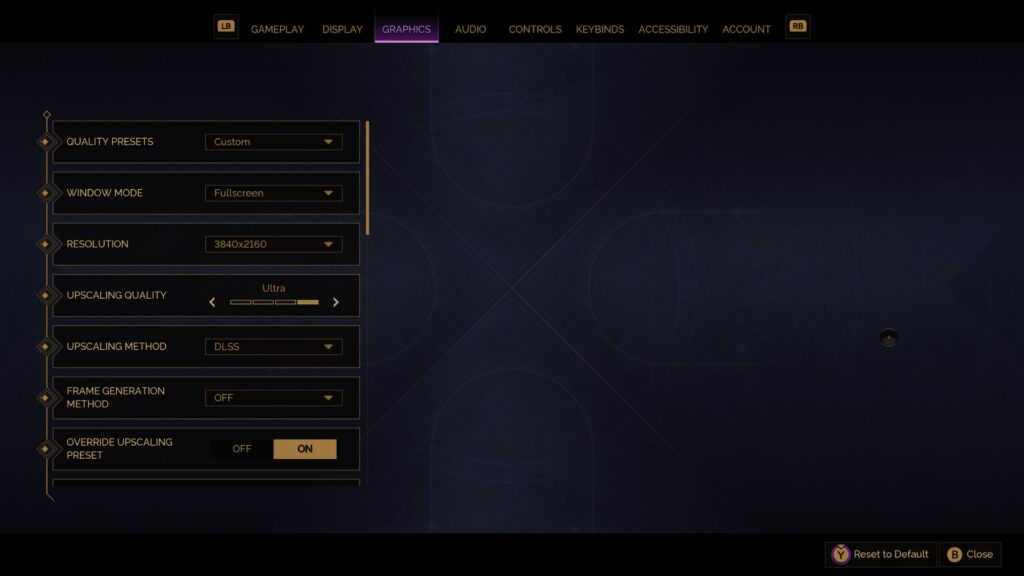
- Field of View: 90
- Motion Blur: Off
- Vsync: Off
Related articles
Graphics settings
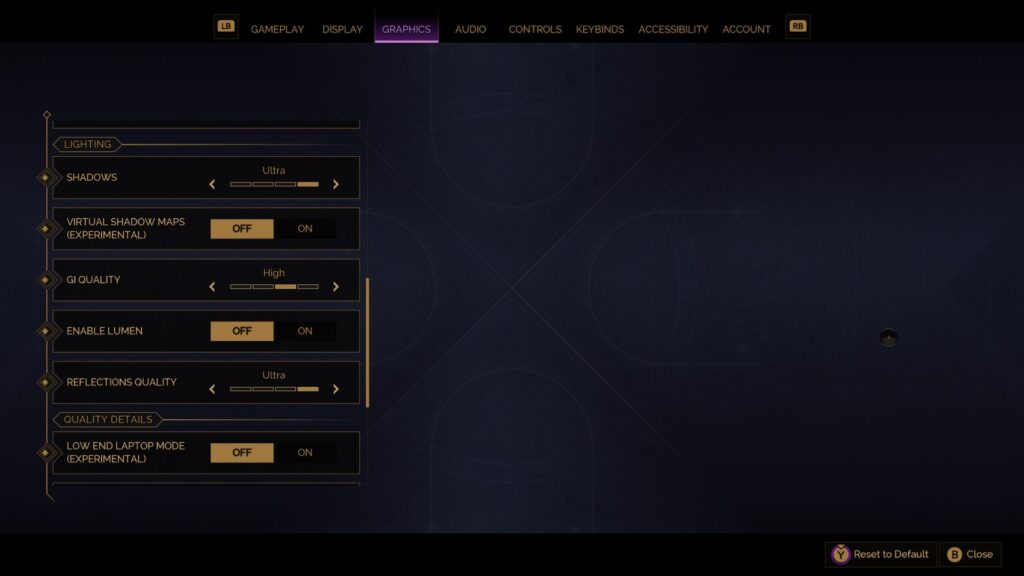
- Window Mode: Fullscreen
- Resolution: 1920x1080, 2560x1440
- Upscaling Quality: Medium
- Upscaling Method: DLSS/FSR
- Frame Generation Method: NVIDIA DLSS FG 2X/FSR
- Override Upscaling Preset:
- Resolution Scale: 58 (default)
- DLSS/FSR/Intel XESS Upscaling Quality: Performance/Balanced
- NVIDIA REFLEX: Enabled + Boost
- Shadows: Low/Medium
- Virtual Shadow Map: Off
- GI Quality: Low/Medium
- Enable Lumen: Off
- Reflections Quality: Low
- Low End Laptop Mode: Off (On if on a laptop)
- Limit Process CPU Usage: Off
- View Distance: Medium/High
- Post Processing: Low/Medium
- Effects Quality: High
- Texture Quality: Medium
- Foliage Quality: Medium
By choosing the appropriate upscaling method and enabling frame generation, you can significantly improve Dune: Awakening’s performance on your PC. Frame generation may cause some latency issues, but it should be minimal for the most part. Thankfully, you can enable and boost Nvidia Reflex to improve response time.
The upscaling quality can have a high impact on game performance, especially on mid to lower-tier PCs, so it’s best to set it at low or medium to avoid unnecessary strain on your GPU. Likewise, shadows and reflections are generally quite demanding, and it’s best to tone these down accordingly.
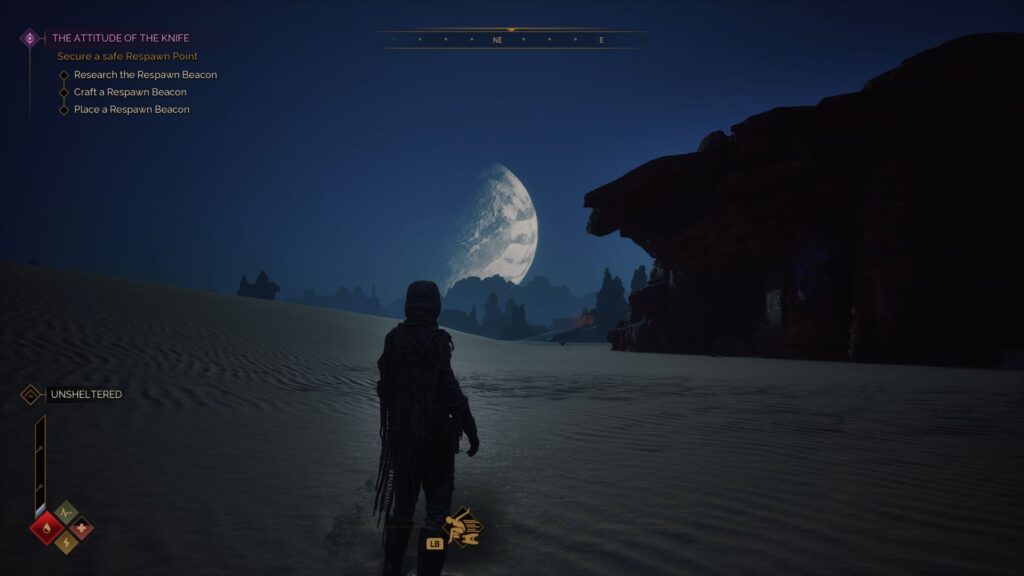
It’s worth adding that the launch version of Dune: Awakening isn’t optimized for high-end PCs, either. We tested it on an Nvidia RTX 4080 and experienced notable FPS dips and stuttering during cutscenes and dynamic weather sequences. As such, if the aforementioned Dune: Awakening best PC setting doesn’t improve performance, you might want to wait for an official patch or hotfix by Funcom.
It's also worth updating your Nvidia or AMD driver to the latest version, as they usually do affect game performance to some degree.
These are some of the ways to reduce lag and stutter in Dune: Awakening. For more on the game, including our take on the best Dune: Awakening starting class, stick around on esports.gg.
